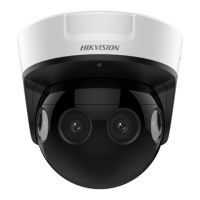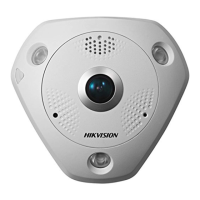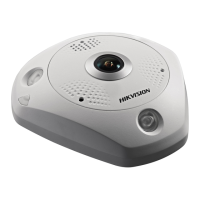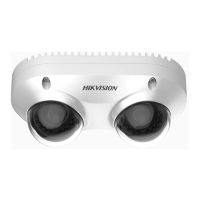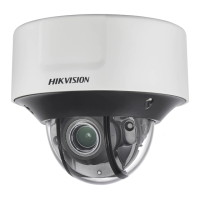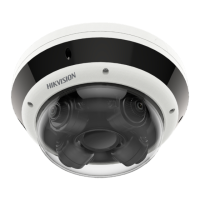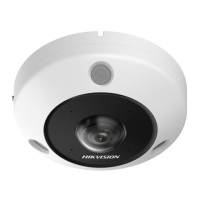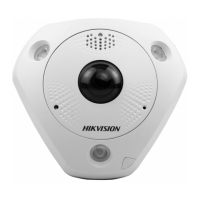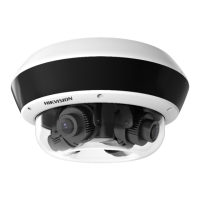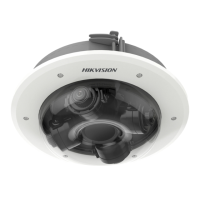Do you have a question about the HIKVISION DS-2CD6986F and is the answer not in the manual?
| Type | IP security camera |
|---|---|
| Certification | CE |
| Placement supported | - |
| Connectivity technology | Wired |
| Wide Dynamic Range (WDR) | Yes |
| Operating temperature (T-T) | -30 - 60 °C |
| Operating relative humidity (H-H) | 0 - 95 % |
| Sensor type | CMOS |
| Optical sensor size | 1/1.8 \ |
| Pan range | 0 - 360 ° |
| Tilt angle range | 45 - 90 ° |
| Camera shutter speed | 1/25 ~ 1/100000 s |
| Minimum illumination | 0.002 lx |
| Fixed focal length | 5 mm |
| Lens mount interface | CS mount |
| Total megapixels | 7.3 MP |
| Maximum resolution | 4096 x 1800 pixels |
| Image quality adjustment | Brightness, Contrast, Saturation, Sharpness |
| Video compression formats | H.264, M-JPEG |
| Supported graphics resolutions | 1920 x 1200 (WUXGA), 3840 x 2400 |
| Audio input channels | 1 channels |
| Password protection type | User |
| Cabling technology | 10/100/1000Base-T(X) |
| Networking standards | IEEE 802.3at |
| Ethernet interface type | Gigabit Ethernet |
| Supported network protocols | TCP/IP, UDP, ICMP, HTTP, HTTPS, FTP, DHCP, DNS, DDNS, RTP, RTSP, RTCP, PPPoE, NTP, UPnP, SMTP, SNMP, IGMP, QoS, IPv6, Bonjour |
| Interface | RJ-45/RS-485 |
| Ethernet LAN (RJ-45) ports | 1 |
| Compatible memory cards | MicroSD (TransFlash), MicroSDHC, MicroSDXC |
| Maximum memory card size | 128 GB |
| IK code | IK10 |
| Form factor | Dome |
| Product color | White |
| DC output voltage | 12 |
| Power source type | DC, PoE |
| Power consumption (max) | 22 W |
| Height | 159 mm |
|---|---|
| Weight | 2850 g |
| Diameter | 195 mm |
Outlines major warnings about injury/death and general cautions about damage.
Lists essential checks and considerations before proceeding with camera installation.
Instructs on placing and securing the dome cover to the camera body after mounting.
Introduces activation methods (Web Browser, SADP, Client Software) and focuses on Web Browser activation.
Guides on creating and confirming a strong password for camera activation.
Explains how to confirm activation and troubleshoot if it fails.
Emphasizes creating a strong password and confirms saving settings.
Details creating and confirming a strong password within the SADP interface.
Describes checking activation status and retrying if failed.
Details powering on, connecting, entering IP, and notes on default IP and DHCP.
Details running SADP, selecting inactive devices, and preparing for activation.
Lists required OS, CPU, RAM, display, and web browser versions for access.
Guides on inputting user name and password, and the importance of account security.
Instructs on entering credentials and notes about IP address locking after failed attempts.

